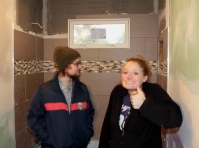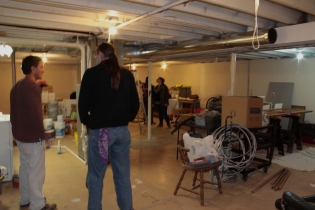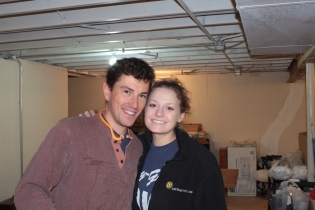My mug shot:

Our guest host for this week has come up with a brilliant theme: Inspiration from the Kitchen. Her blog post shows an incredible artistry with this subject and technically stunning photographs. Do visit!
The subject of kitchens, of food and hearth, the center of a home, strikes a very emotional place for many of us, I suspect. Looking at the rich textures and sumptuous opulence of some of the photos I’ve seen so far, I began to feel rather sad, perhaps…nostalgic? I live in a studio apartment, and my kitchen is a simple L-shaped corner of the 700 square feet of my dwelling. This is my first time living alone. My kitchen doesn’t make me think of beauty or art or pride. However, I took a closer look and created a Mug Shot that has great meaning for me. The coffee mug was a Christmas gift from my housemates who live on the other side of the wall. They welcomed me to Oregon with this amazing opportunity to live deep in the woods on family-owned property going back generations. The backdrop is a painting done by my daughter-in-law, who is the most creative and inspirational cook I know. Her smoked/marinated/grilled/sauced/garnished dishes show layers and layers of cultural influence and bold experimentation. The cutting board was also a gift from a family member. It is wooden and incredibly useful, and I’m really glad to have it. So, in my kitchen, I find I am supported by friends and family, which is comforting because otherwise I might simply stand alone eating ingredients over the kitchen sink.
My heritage…










































































